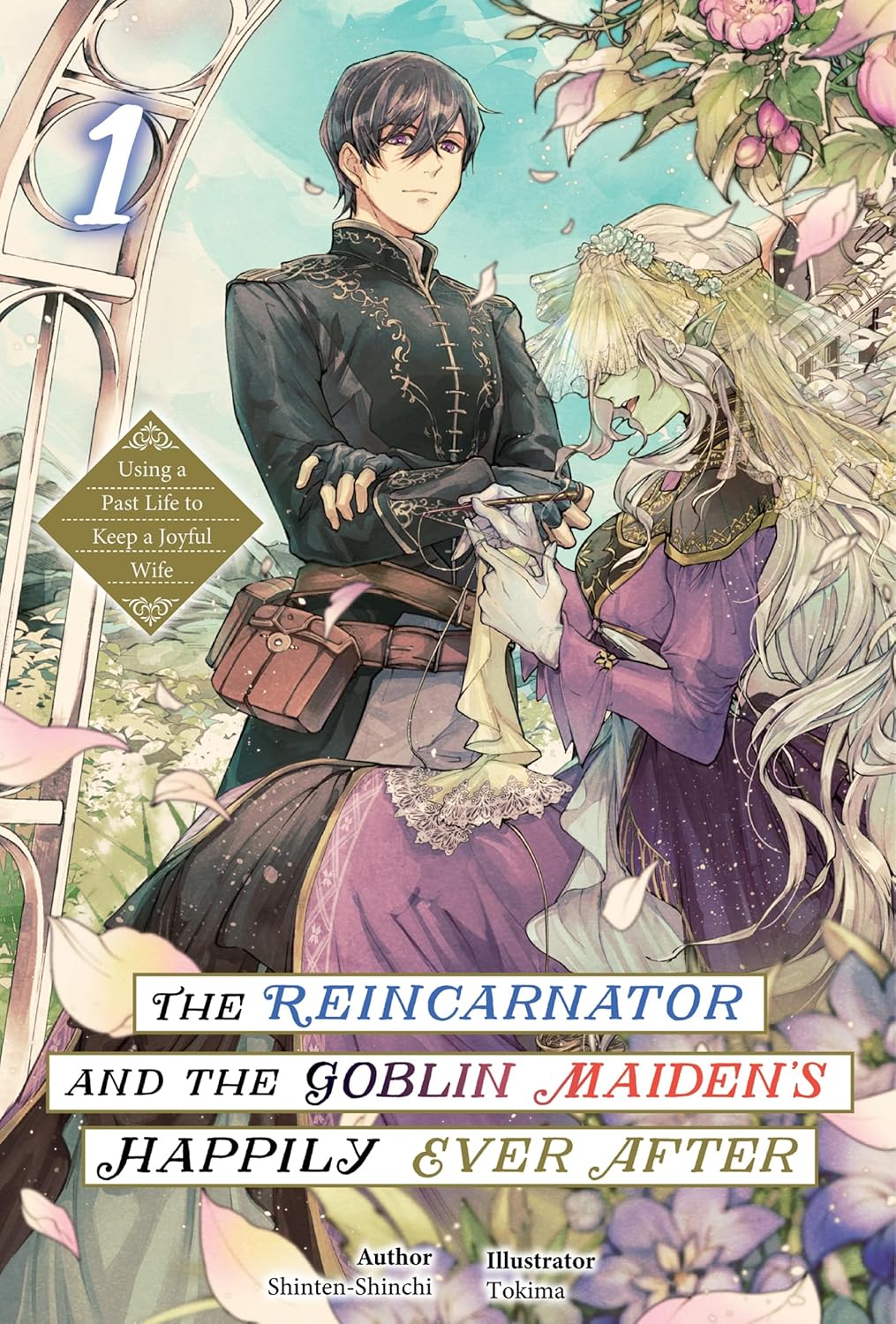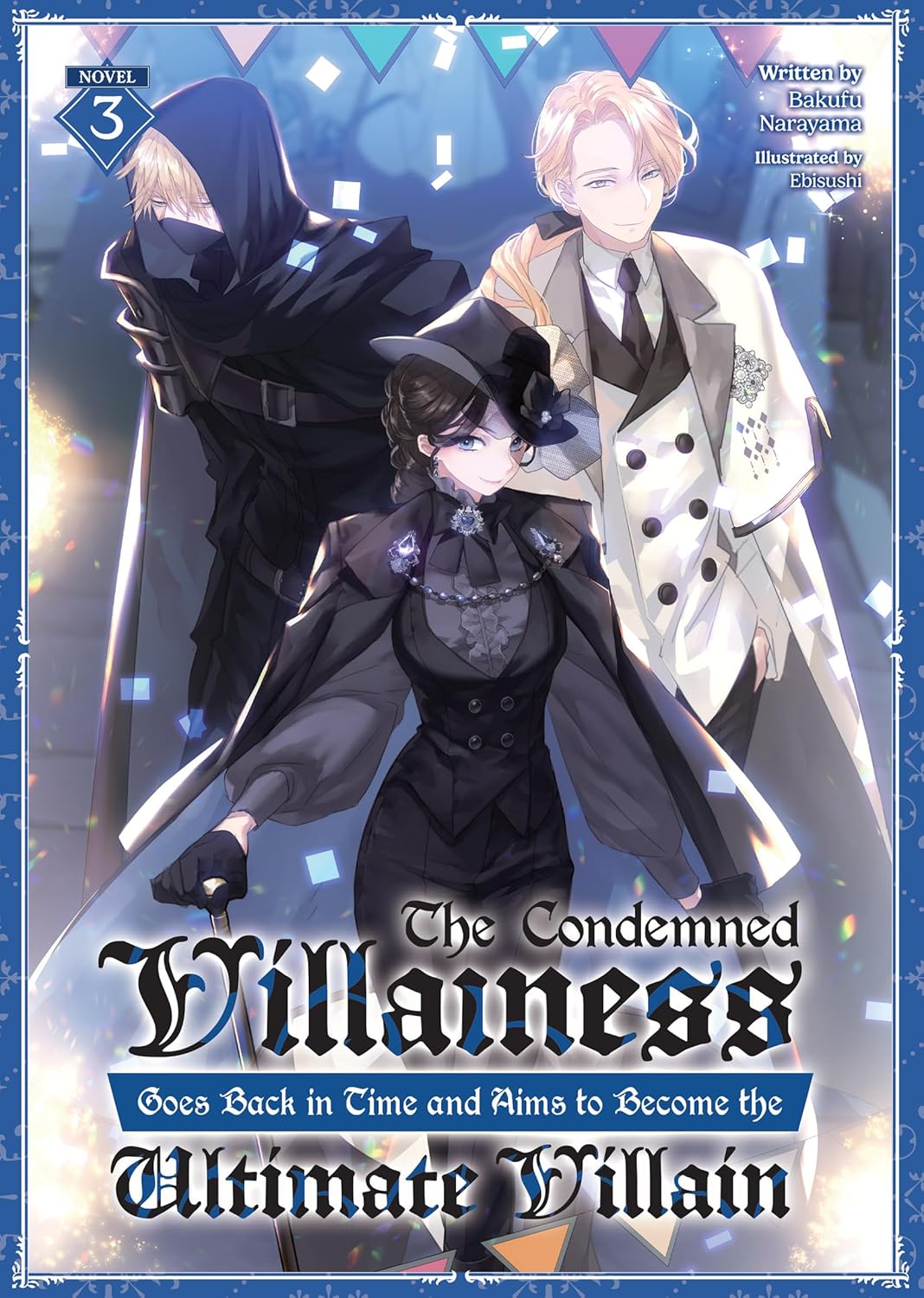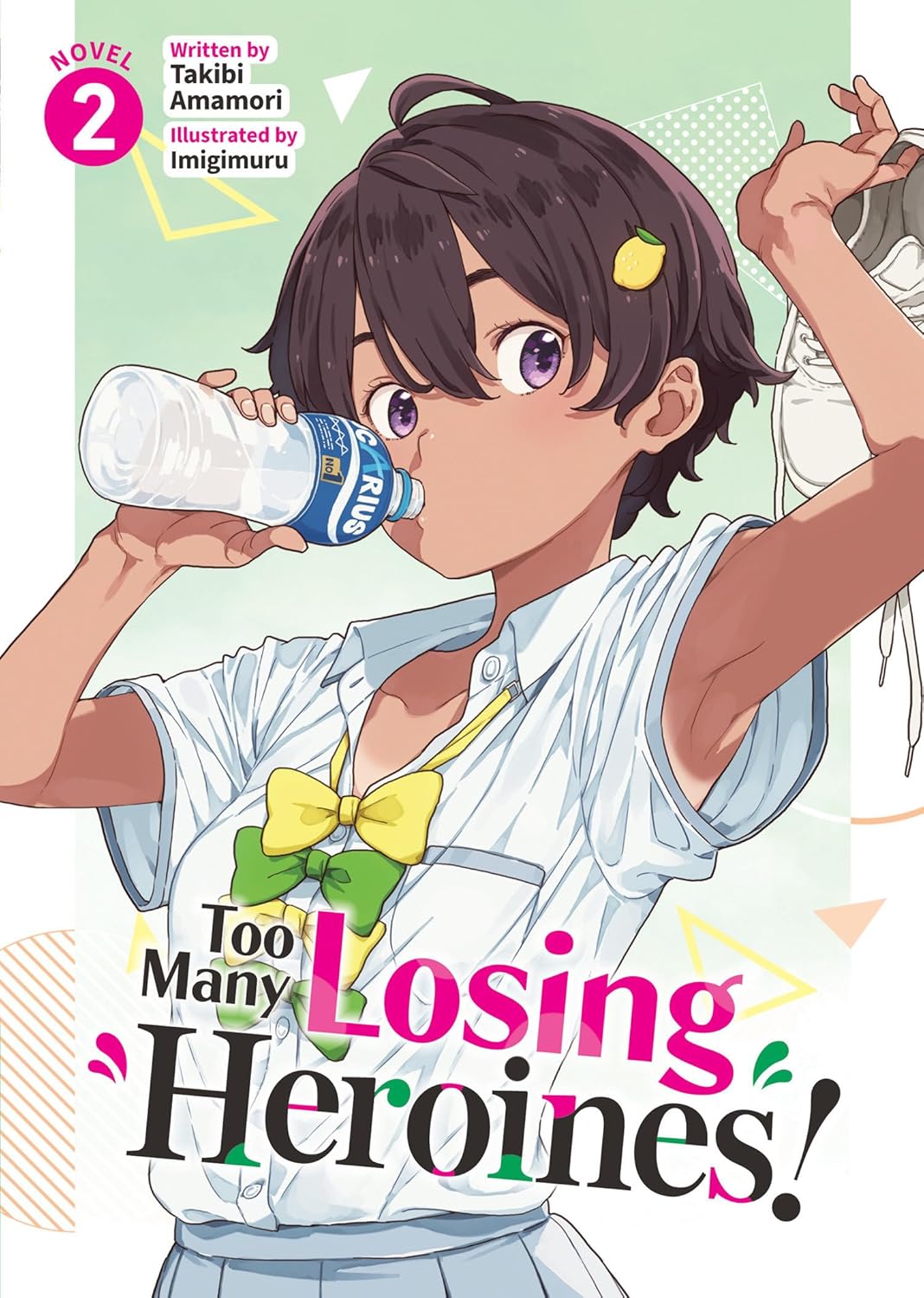By Shinten-Shinchi and Tokima. Released in Japan as “Goblin Reijō to Tensei Kizoku ga Shiawase ni Naru Made: Konyakusha no Tame no Zense Chishiki no Jōzu na Tsukaikata” by Kadokawa Books. Released in North America by J-Novel Heart. Translated by Geirrlon Dunn.
Before we start, I really enjoyed one of the big twists in this book, and am going to have to discuss it, but I’ll put it after the cover image, so spoiler FYI.
And since I’m going to be talking about something I love as a spoiler, let’s start the review with something I loved less. This is, for the most part, a very good book, and I enjoyed both lead characters, their cool families, and their battle maids. But it does have a plot that I have always hated whenever I see it in both Eastern and Western books, TV< movies, manga, etc., which is the "if you're being bullied, the best thing to do is to get mentally stronger". Now, this isn't quite as bad as some – Ana's appearance is not, as of this first volume, something she can control, and we're given a real reason she doesn't simply tell an authority figure (in this case her mother). And the bullies do get theirs. But they only get theirs after Ana steps up and stops acting bullied. That leaves me conflicted.
Our protagonist is Ginorious, aka Gino. The fourth son of a viscount, he’s a commoner merchant due to being unable to inherit the title. Fortunately, he’s able to rely on his past memories from when he lived in Japan to help his business take off. Then one day his family get a marriage proposal from a duke’s family – i.e., they can’t turn this down. The family want him to marry their daughter Anastasia, who, due to a curse, has a lumpy forehead, long pointed ears, and green skin. She looks very much like a goblin, and has acquired a nasty nickname. Her other marriage partners were disgusted with her and treated her horribly the moment they were out of parental range. Fortunately for her, in his past life in Japan, Gino also had a terrible facial appearance, and spent his whole long life alone and unloved. So like hell he’ll let that happen to her.
So yeah. Let’s face it, when you hear “reincarnated from Japan”, you expect it to be, well, OUR Japan. And nothing in the first seventy pages or so says otherwise, except the occasional hint that Gino wears a mysterious ring. But as it turns out, the Japan he’s from is filled with magic, golems, etc. In fact, he was a golem engineer in Japan for most of his previous life. And what’s more, in Japan they knew a lot more about exactly what Ana’s curse is – it means she’s got far too much mana. Unfortunately, this isn’t Ehrenfest, and Ana cannot simply pour mana into various instruments until she’s better. Indeed, this world doesn’t really “get” mana that much. But it does mean that he knows a possible way forward. This was a great twist that helped distract me from “of course this will end with them curing her and she’ll be gorgeous”, which seems to be the actual long-term plot.
for the most part, this is really sweet and syrupy. It’s less good in the second half, not just from the bullying and more that I’m a bit sick to death of the school full of nobles by now. But it’s still a strong debut, and I will happily read a second volume.



